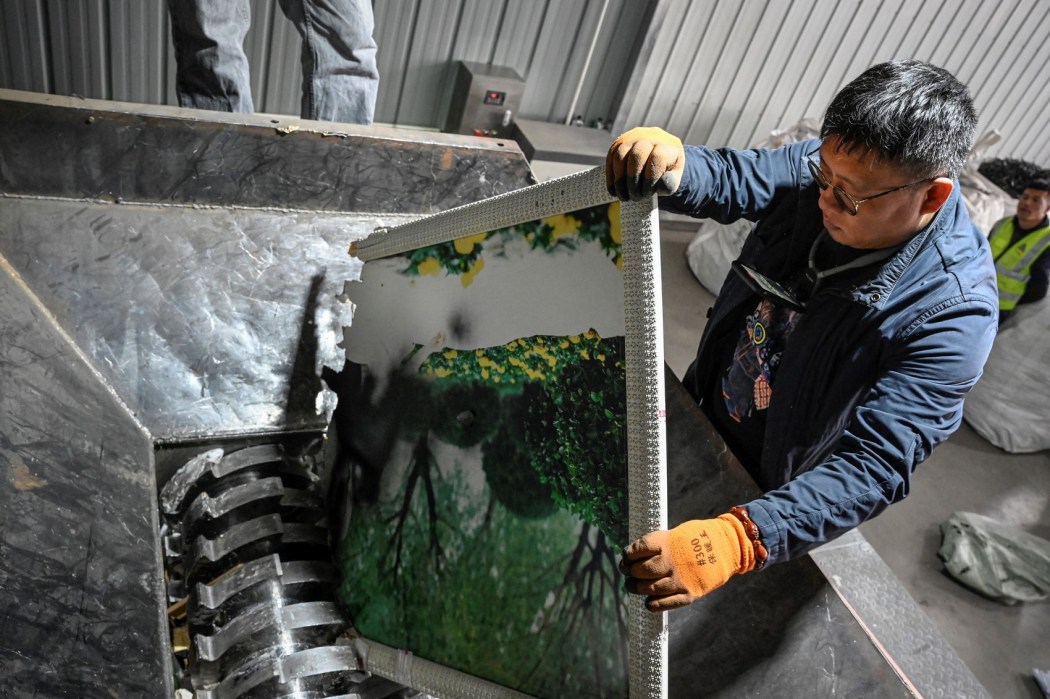The lead prosecutor in OJ Simpson's murder trial has been seen for the first time since the NFL star's death last week.
DailyMail.com spotted Marcia Clark, 70, taking out the trash outside of her Los Angeles home on Thursday.
Gone were her signature permed curls and cropped haircut of the '90s, and instead Clark sported straight hair that falls past her shoulders.
Wearing a black sweatshirt, sweatpants and a fleece, the former California prosecutor was unrecognizable from her days during trial that thrust her into the national spotlight.

DailyMail.com spotted Marcia Clark, 70, taking out the trash outside of her Los Angeles home on Thursday

Clark was the lead prosecutor in OJ Simpson's murder case and made headlines for her makeover during the trial

The former prosecutor wore a black sweatshirt, sweatpants and a fleece as she took out the trash


The former California prosecutor was unrecognizable from the trial that thrust her into the national spotlight
Clark led the failed prosecution team that tried OJ for the murders of his ex-wife Nicole Brown Simpson and her friend Ron Goldman, who were found stabbed to death in 1994 at Nicole's home in Los Angeles.

Clark's short, curly haircut during the trial made headlines
While several moments from the 11-month trial captivated the nation, it was Clark's makeover in the fall of 1994 that made headlines.
The prosecutor had been contacted by Allen Edwards, a Beverly Hills hair stylist, after he saw her in the preliminary hearing in the case saying he wanted to offer his services.
When she arrived at his salon he cut her permed hair, which fell to her shoulders at the time, to her chin and gave her another perm.
It has been 30 years since the infamous haircut, and Clark is still ridiculed for the look.
That cut, along with her change in clothing and general demeanor, would later be replaced by straight hair as part of a makeover Clark willingly underwent to help her appeal to jurors and the public during the trial.
The makeover came in April 1995 during the trial , and was met with a very positive reaction from both the press and the public.
It was again styled by Allen, and the Los Angeles Times wrote at the time; 'Clark almost looked like Sigourney Weaver, only more professional.
'Applause broke out among people waiting to enter the courtroom, including some reporters, when Clark walked past. "Get a life," laughed Clark, who obliged her admirers with a little pirouette.'
Edwards, who not only trimmed her hair but also dyed it a shade of auburn, said; 'I had a feeling people would react strongly. But not like this. It's just huge.'
He then added: 'We can only do curl for so long and we both got tired of it. It's her.'

Clark was contacted by Allen Edwards, a Beverly Hills hair stylist, after he saw her in the preliminary hearing in the case saying he wanted to offer his services

Clark underwent another makeover, this time for straight hair, to help her appeal to jurors and the public during the trial



Clark has tried out several different hair styles since the trial. These three looks come from 1997, 2007 and 2019
Clark however told a somewhat different version of events in an interview with Vogue, saying; 'The thing that happened was, the perm grew out, and I didn’t have time to get myself re-permed, so I kind of gave up. I just blew it out.
'I know this is going to sound so clueless to you, but at the time, I thought, Oh, people aren’t going to notice.'
She also said; 'The funniest thing to me was when they claimed I had a makeover. A makeover! Are you kidding! And I still look like that? That’s the worst makeover I’ve ever seen.
'It consisted of a concealer pen a friend of mine gave me, saying, “The bags under your eyes are ridiculous. You have to do something."'
OJ died last week in Las Vegas at the age of 76 after a short battle with prostate cancer.
While he did get off on murder charges, he was found liable in civil court for $33.5million for the deaths of Goldman and Brown.
After the trial that made her famous, Clark resigned from the LA District Attorney's office and wrote a book, Without a Doubt about it. The deal was allegedly worth $4.2 million.
She has variously appeared as a special correspondent on Entertainment Tonight, commenting on noteworthy trials and even interviewing on red carpets.
She wrote the Samantha Brinkman book series about a female defense attorney and in 2018 had a show on A&E called Marcia Clark Invesigates the First 48 about famous murder trials.
DailyMail.com revealed last week OJ died owing the Brown and Goldman families more than $100million.
The Goldman family has been pursuing the growing debt since 1997 and will now look to Simpson's estate to secure the funds.


 Related articles
Related articles




 Wonderful introduction
Wonderful introduction




 Popular information
Popular information